
Friedrich-Alexander-Universität Erlangen
Lehrstuhl für Mustererkennung
Martensstraße 3
91058 Erlangen

In contrast to physiological biometric identifiers like fingerprints or iris scans, handwriting can be seen as a behavioral identifier. The process of writing is heavily influenced by factors like schooling or aging. Writer identification is the task of finding an individual scribe in a large data corpus. Typical applications lie in the fields of forensics or security. However, writer identification recently also raised interest in the analysis of historical texts, where they might give new insights of life in the past.
For more information please visit our ![]() project page.
project page.
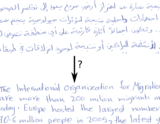
In contrast to physiological biometric identifiers like fingerprints or iris scans, handwriting can be seen as a behavioral identifier. The process of writing is heavily influenced by factors like schooling or aging. Writer identification is the task of finding an individual scribe in a large data corpus. Typical applications lie in the fields of forensics or security. However, writer identification recently also raised interest in the analysis of historical texts, where they might give new insights of life in the past.
For more information please visit our ![]() project page.
project page.

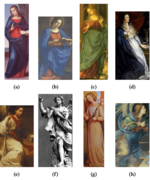
The vision of the project involves, but isn't limited to, the following ideas:
Project Details : ![]() https://www5.cs.fau.de/en/research/groups/computer-vision/iconographics/
https://www5.cs.fau.de/en/research/groups/computer-vision/iconographics/

The project "Modern access to historical sources" is a cross-border cooperation programme between Bavaria and the Czech Republic. The project is an interdisciplinary project in collaboration with the NLP group of the University of West Bohemia, the State Archives of Pilsen and Bavaria, and West Bohemian Institute for Monument Conservation and Documentation (ZIP o.p.s.) and the pattern recognition lab (FAU). The project goals are: 1) First consolidation and online presentation of historical maps and plans on the common Czech-Bavarian history up to 1918 from Bavarian and Czech archives. 2) Clear presentation and selection of image files with the help of automatic image analysis, segmentation and indexing. 3) Intelligent full text access to documents by means of natural language processing.
For more information please visit our ![]() project page.
project page.
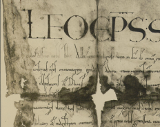 |
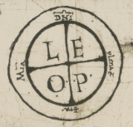 |
The papal documents of the Middle Ages are at the center of this research project. It is a cooperation with the mediavistic lab of the university of munich (LMU) and the medieval history lab of the university of Erlangen (FAU). The goal is the detailed anaysis of the upheavals which happened to the papal documents during the 11th and 12th century.
On one hand, the focus is on the historical sequence of these upheavals, and on the other hand at the appearance of the papal documents: the script as well as the modified or newly introduced gaphical symbols, e.g. Rota, Benevalete, of the pontificate of Leo IX.
For more information please visit our ![]() project page.
project page.
 |
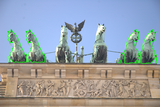 |
Photo editing tools like Photoshops make it easy to tamper digital images in a way that it is impossible to detect it with the naked eye. Thus, deciding whether an image is altered or not becomes more and more important in many scenarios, e.g. in law enforcement and journalism. We investigate the possibilities of digital imaginary to assess the detection of forgeries. My main interest lies in the detection of so called copy-move forgeries, in which a region of an image is duplicated and pasted in the same image.
For more information, please visit our ![]() project page.
project page.